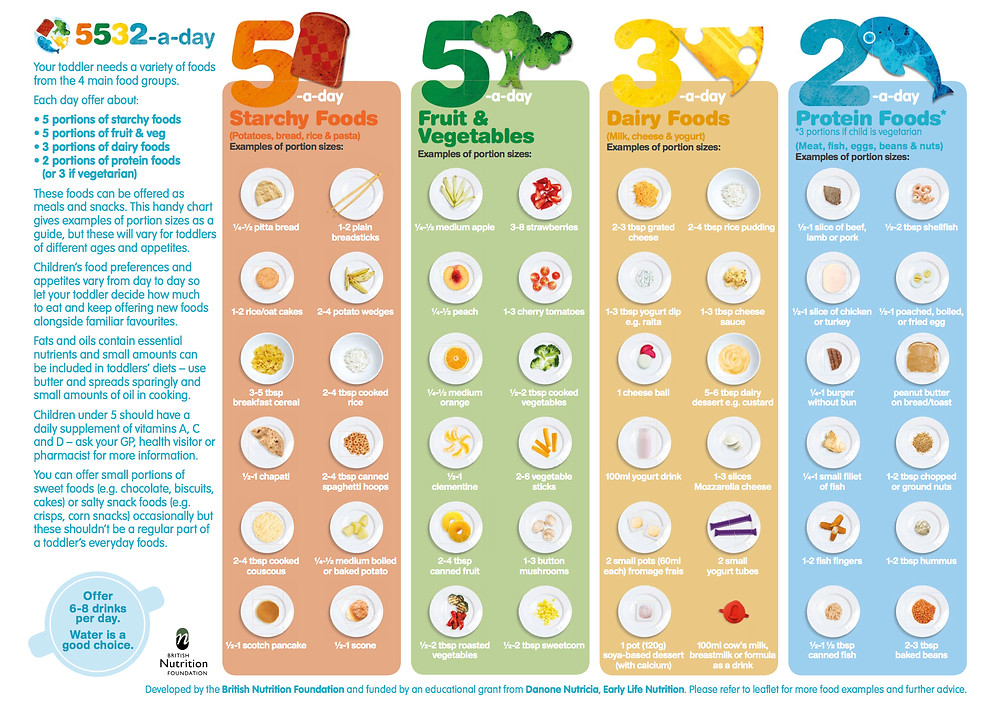Veggie baby food recipes
12 Vegetable Only Baby Food Purees (Stages 1&2)
Home » Feeding Style » Baby Food Purees » Stage Two » 12 Vegetable Only Baby Food Purees
byMichele Olivieron January 24, 2019 (updated Oct 20, 2019)
Jump to Recipe
5 stars (12 ratings)
These 12 Vegetable Only Baby Food Purees are a great way to introduce baby to the delicious flavors of vegetables from the very first bite! Recipes for both stage 1 and 2 purees – 6 months and up.
12 Vegetable Only Baby Food PureesThese homemade vegetable ONLY baby food purees are going to rock your little one’s world!
Don’t let vegetable only purees scare you (or your baby) off, these purees are beyond delicious and so easy to eat.
When just starting to feed baby, you can serve these vegetable only purees by themselves or along with your favorite baby cereal (this and this one are my favorite homemade baby cereal recipes).
- Creamy
- Delicious
- Cooked in a way to enhance the veggies natural flavor
- Have added spices and herbs to compliment the vegetables flavor
- Nutrient dense
- Taste-tested and approved by my own kiddos
These purees are easy to make, freeze and defrost! But if you need more information on these topics then check this post – The Ultimate Guide on How to Make and Serve Homemade Baby Food.
Broccoli Baby Food
4.83 stars (78 ratings)
This Broccoli Baby Food with olive oil recipe is a great way to introduce healthy green vegetables into your baby's diet. A delicious puree full of essential vitamins and healthy fats for growing baby
Get the recipe
Roasted Root Veggies + Thyme Baby Food
5 stars (6 ratings)
This golden yellow puree is filled with roasted carrots, sweet potatoes, parsnips, and beets and sprinkled with a little olive oil and thyme for a delicious and healthy baby puree meal!
Get the recipe
Red Pepper Baby Puree
4. 88 stars (33 ratings)
88 stars (33 ratings)
This Red Pepper Baby Puree recipe is a smooth, creamy and naturally sweet puree that is loaded with vitamin A, B6 and C. Great for 4+ months and older (or stage 1 puree).
Get the recipe
Green Bean + Coconut Oil Organic Baby Food Puree
4.31 stars (42 ratings)
This Green Bean + Coconut Oil Baby Food recipe is a great healthy first food for baby! A yummy puree that is filled with healthy fats that are essential for growing baby.
Get the recipe
Pea Baby Puree (Stage One)
4.92 stars (89 ratings)
A delicious way to introduce peas to baby. Mild peas paired with a fresh hint of mint – a mouth-watering combo!
Get the recipe
Carrot, Corn & Pumpkin Baby Food Puree
5 stars (10 ratings)
This comforting fall flavored Carrot, Corn & Pumpkin will surly be a winner with baby’s expanding tastebuds. And since it is filled with nutrients that help boost baby’s eye, nerve, bone and brain development, it will be a winner with mom as well.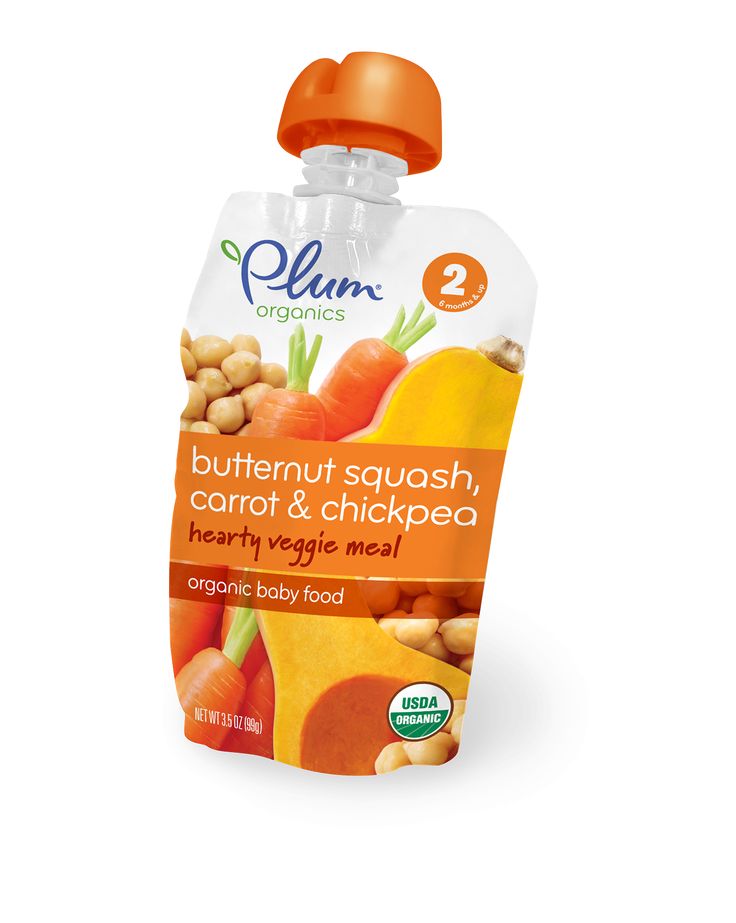
Get the recipe
Butternut Squash Baby Food
5 stars (33 ratings)
This homemade Roasted Butternut Squash Baby Food Puree not only contains calcium, folate, vitamins A and C and fiber but it is also a deliciously smooth way to introduce butternut squash to your baby!
Get the recipe
The Best Sweet Potato Baby Food
5 stars (63 ratings)
This Homemade Sweet Potato with Curry Baby Food Puree is a fun and exotic first puree for baby! Great for 4+ months and is completely freezer-friendly!
Get the recipe
ASPARAGUS + MINT
5 stars (2 ratings)
This Asparagus + Mint baby food puree is a thick and creamy combination with a light and playful taste that leaves you wanting more more more!
Get the recipe
ACORN SQUASH + GINGER BABY FOOD PUREE
5 stars (1 rating)
Acorn Squash + Ginger baby food puree is simple to make and easy to eat! Baby will love the squash's mild flavor mixed with ginger for a little zip to waken up their taste buds.
Get the recipe
Carrot + Ginger Baby Food Puree
5 stars (8 ratings)
This Carrot + Ginger Baby Food recipe is a great first puree for baby! Smooth and mild tasting but with a fun zip from the ginger. Ginger is also great for calming an upset tummy.
Get the recipe
MORE BABY RECIPES- The Ultimate Guide on How to Make and Serve Homemade Baby Food
- 15 Stage One Baby Purees (that actually taste delicious)
- 9 5-Minute Baby Food Purees (Fast, Healthy & Homemade)
- 7 Organic Starter Baby Purees for Under $20
- Top Tools for Making Baby Purees
- Apple Baby Puree – 3 Delicious Ways
- 12 Budget-Friendly Homemade Baby Food Purees (75% Savings on Store-Bought Brands)
Did you make this recipe?
Tag @babyfoode on Instagram and hashtag it #babyfoode!
Pin Recipe Email a Friend
Vegetable Puree for Babies - Healthy Little Foodies
All Posts, by Date » Baby Friendly Recipes » Puree Recipes » Vegetable Puree
By: Amy
Jump to Recipe
This Vegetable Puree for babies is a delicious way to serve green vegetables to your little one. Broccoli, spinach and peas are blended along with sweet potato resulting in a nutrient-dense, tasty puree. Serve it smooth or chunky.
Broccoli, spinach and peas are blended along with sweet potato resulting in a nutrient-dense, tasty puree. Serve it smooth or chunky.
If you find yourself with a freezer stash of individual vegetable purees, you can simply combine what you have to create a mixed puree.
Single Vegetable Puree Recipes
- Carrot Puree
- Broccoli Puree
- Cauliflower Puree
- Corn Puree
- Sweet Potato Puree
- Butternut Squash Puree
- Pumpkin Puree
- Pea Puree
- Spinach Puree
- Zucchini Puree
Alternatively, you can cook a mixed vegetable puree. The main thing to consider when doing this is the cooking time of the vegetables and the texture you wish to achieve.
The main thing to consider when doing this is the cooking time of the vegetables and the texture you wish to achieve.
Watch How to Make It (Video)
Mixed Vegetable Puree - Ingredients
This recipe combines sweeter vegetables (sweet potato, sauteed onion and peas) with bitter vegetables (broccoli and spinach) to produce a delicious tasting puree. If your baby rejects bitter vegetables then you may find that combining them with sweeter vegetable results in a more appealing puree. (Remember to keep offering rejected foods, babies often need multiple offerings of certain foods before they are accepted)
This recipe does include some vegetable stock to help thin it out. You should use baby-friendly homemade vegetable stock (or chicken stock) to keep sodium levels low. Alternatively, you could just add some of the cooking water or miss it out for a chunkier puree.
Cooking the Vegetables - Process Shots and Cooking Tips
Different vegetables take various lengths of time to cook and when making a mixed vegetable puree it is important to take this into consideration. You also want to chop the vegetables to a similar size to ensure even cooking.
You also want to chop the vegetables to a similar size to ensure even cooking.
- Sweet Potato: Root vegetables take longer to cook so add the sweet potato to the steamer basket first. Cover and steam for 5 minutes. Try to chop the sweet potato to roughly the same size (1.5-2cm cubes. )
- Broccoli Florets: Add the broccoli and steam for a further 4 minutes
- Peas: Add to the steamer and steam for a further 2 mins.
- Onion & Spinach: Saute the onion in a little oil until soft. This will release its natural sweetness and will add a lovely flavour to the puree. Add the spinach to wilt.
If you don't have a steamer/steamer basket then you can boil the vegetables. If you choose to boil the vegetables then reserve some of the cooking water to blend the vegetables with. This way you add back some of the nutrients that seep into the water during cooking.
Roasting some of the vegetables (sweet potato & onion) is another option, this helps with caramelisation and can add another depth of flavour.
Blending the Puree - Process Shots and Tips
- TEMPERATURE: Be careful that your vegetables aren't too hot and that steam doesn't build up. In some blenders, the steam will cause the lid to pop off causing an explosion all over your kitchen!
- TEXTURE: Blend the puree to desired texture, adding more liquid if needed. Remember it is just as important to provide your baby with a variety of textures as it is to offer a variety of flavours. Try adding less liquid, mashing or pulsing in the blender to offer a textured puree.
- NO BLENDER?: A food processor will also work and may even be better if making a thicker puree. You could also use a stick blender. The spinach and peas will be harder to puree smooth (if that is the consistency you are looking for) using a food processor/stick blender.

Vegetable Purees for Older Kids / Adults
My 11-year-old actually ate spoonfuls of this puree but I wouldn't really recommend this one to older kids/adults.
However, vegetable purees can be a great side dish for family meals. Cauliflower puree, pea puree, broccoli puree and carrot puree are some of our favourites.
Storage & Re-heating Instructions
- Refrigerate: Allow to cool, place in an airtight container and refrigerate for up to two days.
- Freeze: Allow to cool, spoon the puree into ice-cube trays and freeze until solid. Once they’re fully frozen, quickly pop them out and place the frozen cubes into a freezer bag or container. Return to the freezer.
- Re-heating: Thaw overnight in your refrigerator. Re-heat in the microwave or on the stove top until piping hot throughout and then allow to cool before serving your baby.
Read more about storing baby food.
Looking for more healthy kid recipes?Sign up for my free recipe newsletter to get new family friendly recipes in your inbox each week! Find me sharing more kid-friendly inspiration on Pinterest and Instagram.
5 from 1 vote
Author: Amy
Vegetable Puree
Sweet potato and green vegetables are cooked and blended to produce a tasty and nutritious vegetable puree.
Print Recipe Pin Recipe
- ▢
High-speed blender, food processor or stick blender.
- ▢ 250g / ½ lb (2 cups chopped) Sweet Potato peeled and chopped into 1.5-2cm cubes.
- ▢ 1 teaspoon Olive Oil
- ▢ ¼ Onion finely chopped
- ▢ 75g (⅓ small broccoli) Broccoli, cut into small florets
- ▢ 45g (⅓ cup) Frozen Peas
- ▢ 15g (½ cup) Spinach
- ▢ 125ml (½ cup) Low Sodium Vegetable Stock (or Water) add more or less depending on desired consistency.

Add water to a pot, ensuring the steamer basket sits just above the water. Bring to a boil and once boiling add the sweet potato to the basket, cover and allow to steam for 5 minutes.
Meanwhile, heat the olive oil in a skillet/fryingpan over medium heat. Add the onion and saute until softened, around 5 minutes.
Add the broccoli to the steamer (along with the sweet potato) and steam for 4 mins, add the peas and continue to steam for another 2 minutes until the vegetables are all soft.
Add the vegetables along with the vegetable stock (or water) to a blender or food processor and blend to make a puree. Add more liquid if necessary.
Use homemade vegetable stock or a low sodium stock suitable for babies. Alternatively use water.
Allow the vegetables to cook slightly before blending. If too hot the steam can cause the lid to pop.
For a more textured puree/mash. Add all the vegetables to a bowl and mash together, adding a little stock if needed. Remember it is important to move through textures fairly quickly to allow your little one to develop the skills needed to manage more complex textures.
Add all the vegetables to a bowl and mash together, adding a little stock if needed. Remember it is important to move through textures fairly quickly to allow your little one to develop the skills needed to manage more complex textures.
Nutritional information is a rough guide only, calculated using an online nutrition calculator.
Calories: 82kcal | Carbohydrates: 16g | Protein: 2g | Fat: 1g | Saturated Fat: 0.2g | Polyunsaturated Fat: 0.2g | Monounsaturated Fat: 1g | Sodium: 44mg | Potassium: 328mg | Fiber: 3g | Sugar: 4g | Vitamin A: 9422IU | Vitamin C: 24mg | Calcium: 36mg | Iron: 1mg
Course:Puree
Cuisine:Baby
Diet:Vegan
Did you make this recipe?Tag me on Instagram at @healthylittlefoodies or leave me a comment & rating below.
Meet Amy
Amy Whiteford runs the blog Healthy Little Foodies. She is a mum to two, has a BSc (Hons) Food Science, PGDE Primary Education and a Certificate in Childhood Nutrition. She uses her experience and knowledge to create healthy and delicious recipes for kids. Explore the site for creative ideas, tips, and inspiration! Read more
She uses her experience and knowledge to create healthy and delicious recipes for kids. Explore the site for creative ideas, tips, and inspiration! Read more
How to raise a Healthy Little Foodie
Receive family friendly recipes, delivered weekly to your inbox, for FREE! And receive this FREE ebook - "How to Raise a Healthy Little Foodie"
Reader Interactions
Vegetarian recipes for kids - 67 recipes with step by step photos
Join the most cozy home cooking community! Recipes "Vegetarian recipes", ready-made collections of the best recipes
20 recipes Delicious vegetable vegetarian soups
"Vegetarian recipes" by type
- Salad recipes
- First courses
- Second courses
- National dishes
- Bakery products
- Miscellaneous
- Desserts and sweets
- Preparations, pickles, jams
- Sauces
- Multicooker recipes
- Recipes for Maslenitsa
- Easter recipes
- Cakes and pastries
-
Recipes for children
Filter Recipes
Mummies of Oreo cookie on Halloween
Mummies of Oreo cookie on Halloween
Dietary soup of cauliflower
Caulo cabbage dietary soup
Baby apple puree 9000
Baby squash puree
Baby squash puree
Mashed potatoes
Mashed potatoes
Lenten potato pancakes
Lenten potato pancakes
rice with zucchini and eggplant in a slow cooker
rice with zucchini and cups in a multicooker
Stewed cabbage in a sleeve
stew in the sleeve of
Oat flakes with poppy seeds and dried apricots
Oat flakes with poppy seeds and dried apricots
Non-alcoholic cherry mulled wine
Non-alcoholic cherry mulled wine
whole-grain cookies with pumpki
whole-grain cookies with pumpki
Lenten soup with oatmeal
Lenten soup with oatmeal
Banan-first-pennes Small
Banan-Percetic Smuses Banana Banana
9000 -spinach-strawberryBuckwheat porridge in a multicooker
Buckwheat porridge in a multicooker
Buckwheat cutlets for children
Buckwheat cutlets for children
Incredible mannered porridge
Incredible semolina
Vanilla curd cheese
Vanilla curd cheese
Chessboard Cookies
Chess Boat Cookies
sweet buckwheat
9000Pumpkin Cheesecake
Gingerbread
Gingerbread
-
Multicooker recipes
-
Vegetarian recipes
-
Healthy eating
-
Recipes for children
-
Easter recipes
-
Lenten recipes
-
Pumpkin Dishes
-
Apple pastries and sweets
-
Shrove Tuesday recipes
-
Salad recipes
-
First courses
-
Second courses
-
National dishes
-
Bakery products
-
Cakes and pastries
-
Desserts and sweets
-
Drinks
-
Preparations, pickles, jams
-
Sauces
-
Miscellaneous
Vegetarian menu for the week, recipes, shopping list
There are probably no people who have not heard of vegetarianism.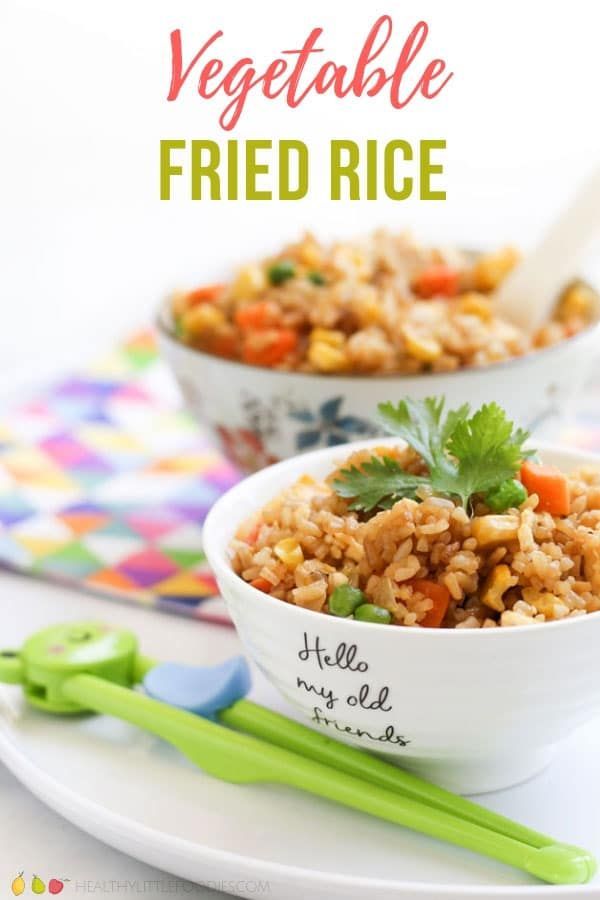 To a person who has never tried this style of eating, it may seem that it is tasteless, insipid, or that such food cannot be eaten. To prove that healthy and proper food can be varied, tasty and satisfying, we have prepared vegetarian menu for the week .
To a person who has never tried this style of eating, it may seem that it is tasteless, insipid, or that such food cannot be eaten. To prove that healthy and proper food can be varied, tasty and satisfying, we have prepared vegetarian menu for the week .
No matter how we feel about a meat-free life, scientific research shows that limiting animal protein is good for human health.
People come to vegetarianism for various reasons. I became a vegetarian of my own free will to improve my health. Others switch to vegetarianism for ethical or religious reasons.
Over time, I learned to harmonize combine my food preferences with those of others . At work, employees are already used to the fact that I do not eat meat, and at lunchtime there are many interesting discussions about proper nutrition. I am the only vegetarian in my family, so I cook meat dishes separately. If I eat porridge with salad, then I add cutlets to the rest of the family.
Thanks to the chosen style of nutrition, my health has improved, the amount of energy has increased, and I am always in a good mood :)
It is important to note that there are several types of vegetarianism:
- veganism - only vegetable nutrition, sometimes even honey is not used;
- lacto-vegetarian - plant-based diet plus various dairy products;
- lacto-ovo-vegetarianism - plant foods, eggs, dairy products are consumed.
The weekly vegetarian menu we offer belongs to the most democratic type - lacto-ovo vegetarianism. Try this menu and it is possible that vegetarianism will not be scary at all, but tasty, pleasant and healthy!
:)
Menu for Monday
Breakfast: Oatmeal Porridge
Lunch: Carrot soup with crispy chickpeas, Salad with arugula and radishes,
POLUTE: Fruit cocktail with kefir and cottage cheese
Dinner: Potatoes Mistem from fresh cabbage with apple
Menu for Tuesday
Breakfast : Oatmeal
Lunch : Pea soup with tomato paste; Carrot-apple salad
Snack : Cheesecakes with condensed milk
Dinner : Stewed potatoes with olives and lemon; Cabbage salad with cucumber
Menu for Wednesday
Breakfast : Barley porridge with banana
Lunch : Pea soup with tomato paste; Fresh cabbage salad with garlic dressing
Snack : Syrniki with condensed milk
Dinner : Buckwheat porridge with egg; Zucchini and tomato gratin
Menu for Thursday
Breakfast : Barley porridge with banana
Lunch : Oyster mushroom soup, Cucumber and mint salad.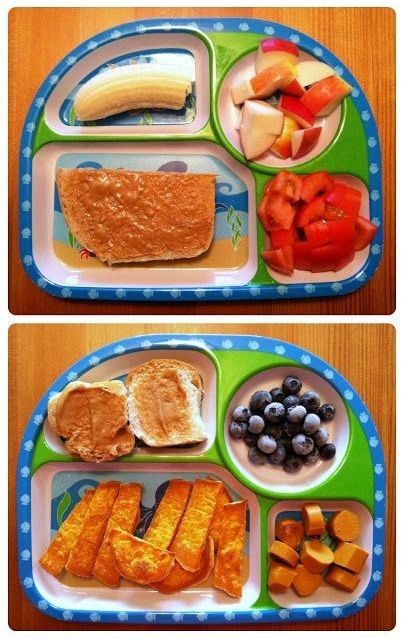
Afternoon snack : Broccoli and cauliflower casserole
Dinner : Buckwheat porridge with egg, courgette and tomato gratin
Menu for Friday
Breakfast : Oatmeal porridge with caramel apples
Lunch : Oyster mushroom soup, Lettuce salad
Snack : Broccoli and Cauliflower Casserole
Dinner : Barley Pilaf with Mushrooms, Fresh Beetroot Salad with Walnuts
Menu for Saturday
Breakfast : Oatmeal porridge with caramel apples
Lunch : Mexican salad with vegetables and avocado. Dark borscht with mushrooms and prunes
Snack : Charlotte with apples
Dinner : Pearl barley pilaf with mushrooms, fresh beet salad with walnuts
Sunday menu
breakfast : millet porridge with pumpkin
lunch : a recipe for carrots with garlic dark borsch with mushrooms and prunes
Pologlain : Charlotte with apples
Dinner : casserole and potato puke salad of fresh cable apple
Shopping list
for the vegetarian menu for the week
Vegetables, fruits, herbs
Arugula - 1 large bunch
Cherry tomatoes (can be replaced with regular ones) -600 grams
Tomatoes - 1 kg.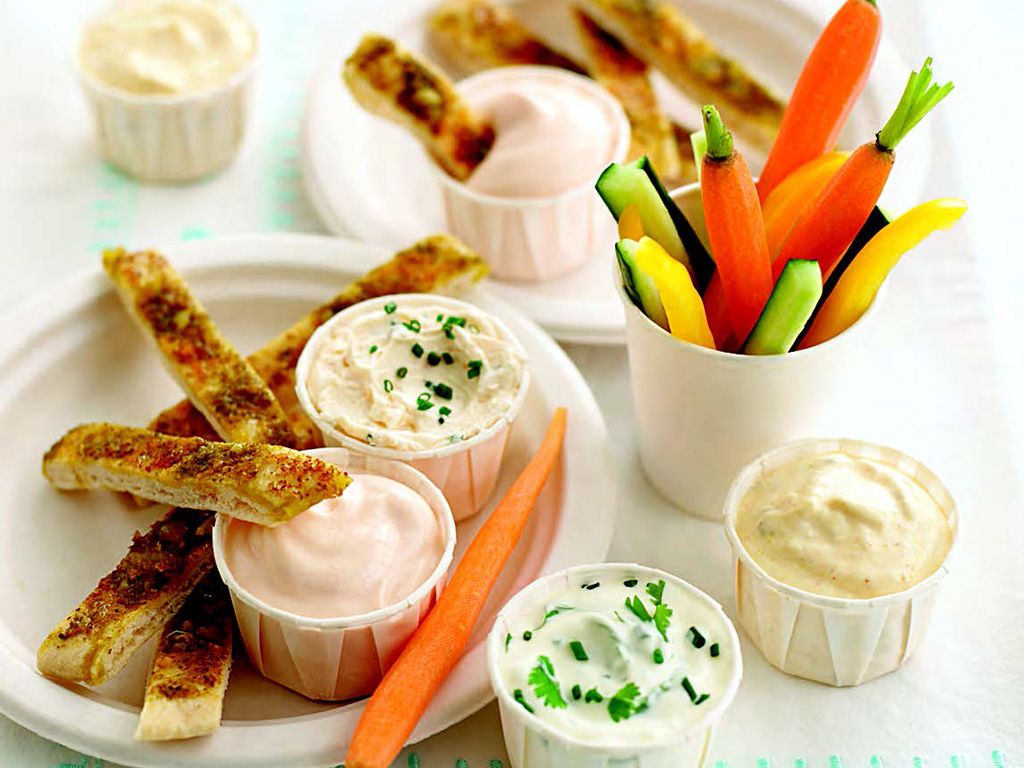
Radishes - 10 pcs.
Lemon -3 pcs.
White cabbage - 1.5 kg
Red cabbage - 200 gr. (replaceable with white cabbage)
Cauliflower - 800 g (frozen can be used)
Broccoli - 800 g (frozen can be used)
Dried mushrooms -50 gr.
Oyster mushrooms - 2 kg
Frozen mushrooms - 600 gr. (replaceable with regular ones)
Beets - 1.5 kg
Potatoes - 3.4 kg
Carrots - 20 pcs.
Onion - 10 pcs.
Green onion - 1 pc.
Red onion - 2 pcs.
Leek - 2 pcs.
Apple - 10 pcs.
Cucumbers - 8 pcs.
Garlic - 5 heads
Sweet pepper - 3 pcs. (2 pieces of red and 1 piece of yellow)
Frozen pumpkin - 80 gr.
Banana - 2 pcs.
Celery stalk - 5 pcs.
Avocado - 2 pcs.
Cilantro - 1 bunch
Parsley - 3 bunches
Dill - 2 bunches
Mint - 1 sprig
Lettuce - 400 gr.
Courgettes or zucchini - 7 pcs.
Chili pepper - 1 pc.
Nuts, seeds, dried fruits
Pine nuts - 2 tbsp.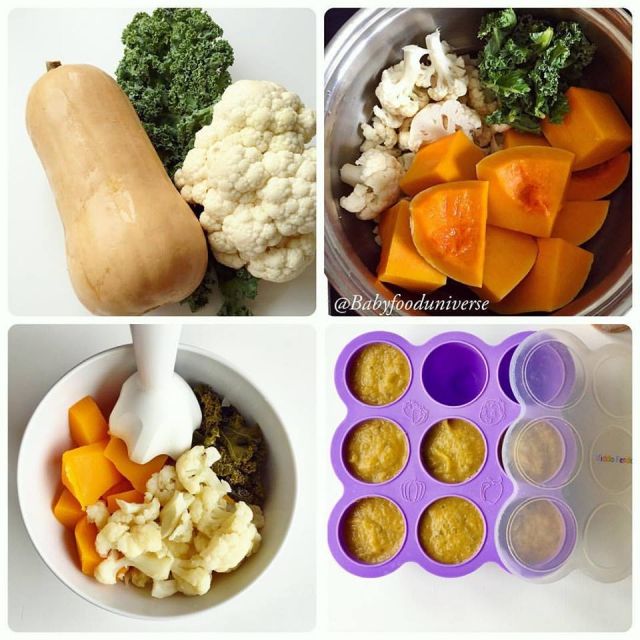 spoons
spoons
Prunes - 100 gr.
Walnuts -200 gr.
Dairy and eggs
Milk - 2 l
Butter - 300 gr.
Cottage cheese - 1.5 kg
Hard cheese - 350 gr.
Cream 10% - 1 l
Sour cream - 3 tbsp. l.
Kefir or yogurt -1 l.
Eggs - 10 pcs.
Grocery, etc.
Oat flakes - 700 gr.
Sugar -500 gr.
Brown sugar - 120 gr.
Vanilla sugar - 1 sachet
Honey - 1 tbsp.
Vegetable oil -600 ml (sunflower)
Olive oil - 400 ml
Flour -350 gr.
Baking powder - 1 sachet
Boiled condensed milk - 4 tbsp.
Soy sauce - 3 tbsp.
Buckwheat - 2 cups
Vinegar 9% - 7 tbsp.
Peas (dry) -400 gr.
Mayonnaise - 2 tbsp
Pearl barley - 400 gr.
Millet - 1 cup
Barley groats - 2 cups
Lentils - 70 gr.
Dry beans - 170 gr.
Chickpeas - 120 gr.
Canned corn - 1 can
Canned beans - 1 can
Tomatoes in their own juice - 1 can (420 gr)
Olives - 2 cans
Canned or fresh apricots - 6 pcs.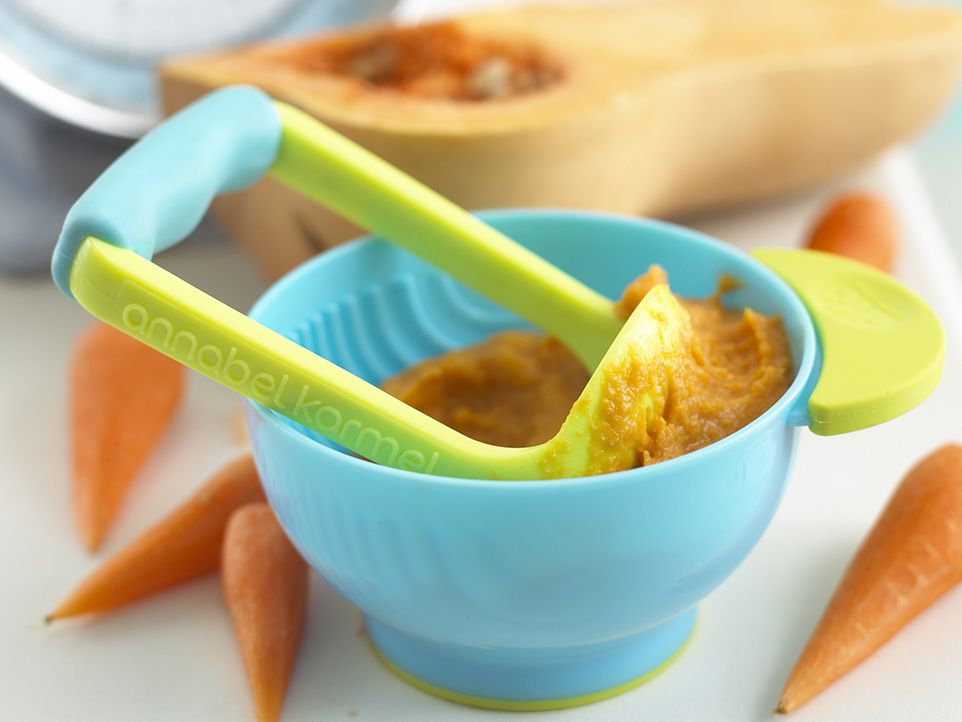
Tomato puree - 8 tbsp. l.
Spices and condiments
Ground cinnamon - 1 sachet
Coriander - 1 sachet
Thyme - 2 tsp.
Ground paprika - 0.25 tsp
Bay leaf - 2 pcs.
Cumin (zira) or cumin - 3 tsp.
Turmeric - 0.25 tsp
Oregano - 1 tsp
Allspice - 5 pcs.
Hot pepper - to taste
Black pepper - bag (or freshly ground)
Salt - to taste
- Vegetarian menu for a week consists of products of plant origin, mainly cereals, vegetables, fruits, nuts. Dairy products and eggs may be added. The meat of animals, poultry, fish is completely excluded.
- No matter how you decide to eat with or without meat, nutrition should always be complete and balanced. The main question that arises with this style of nutrition is the replenishment of the amount of protein needed by the body.
- Sources of protein are dairy products, eggs, legumes (soybeans, beans, peas), nuts, spinach, kohlrabi, cauliflower and must be present in the daily diet.



